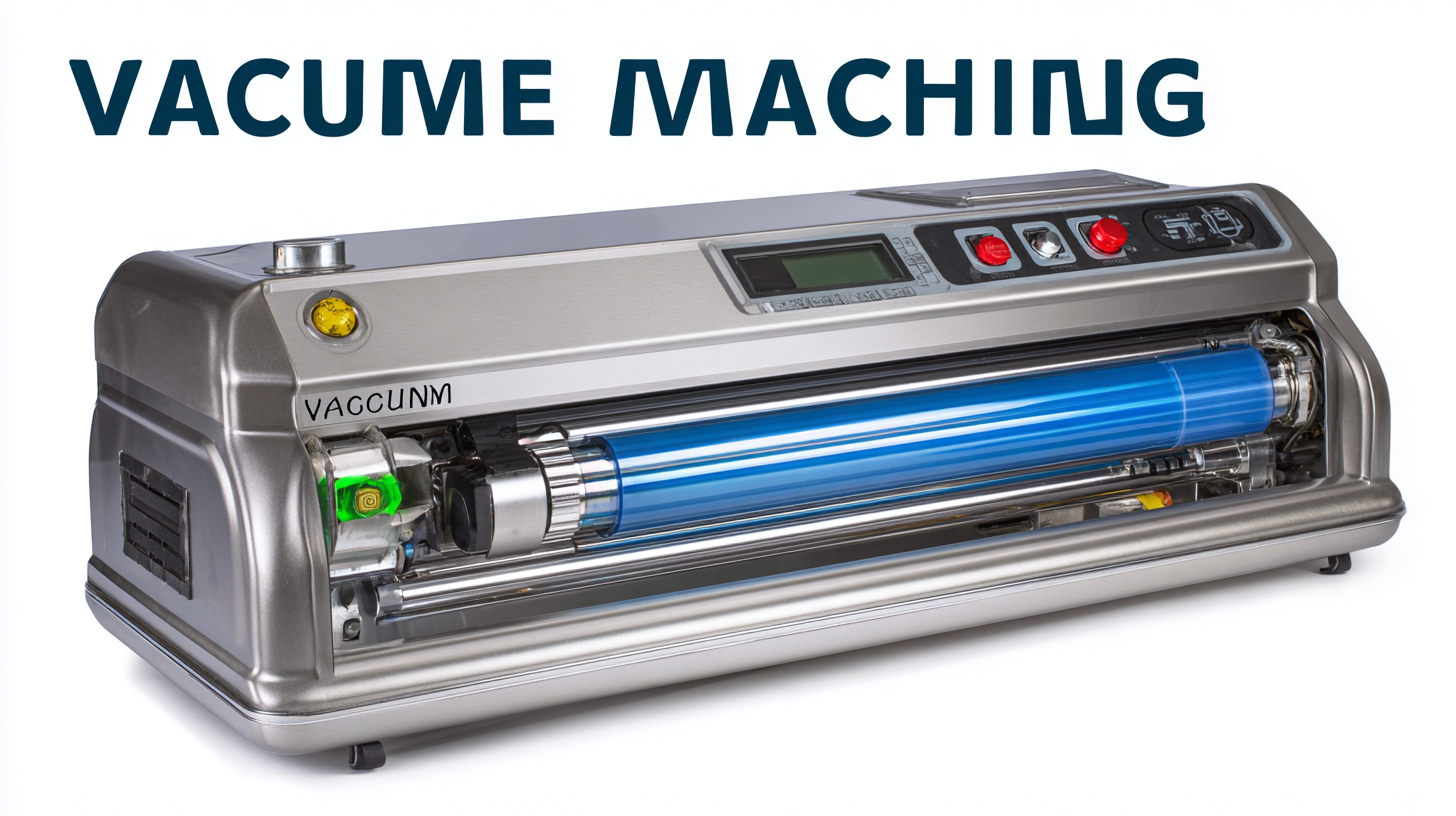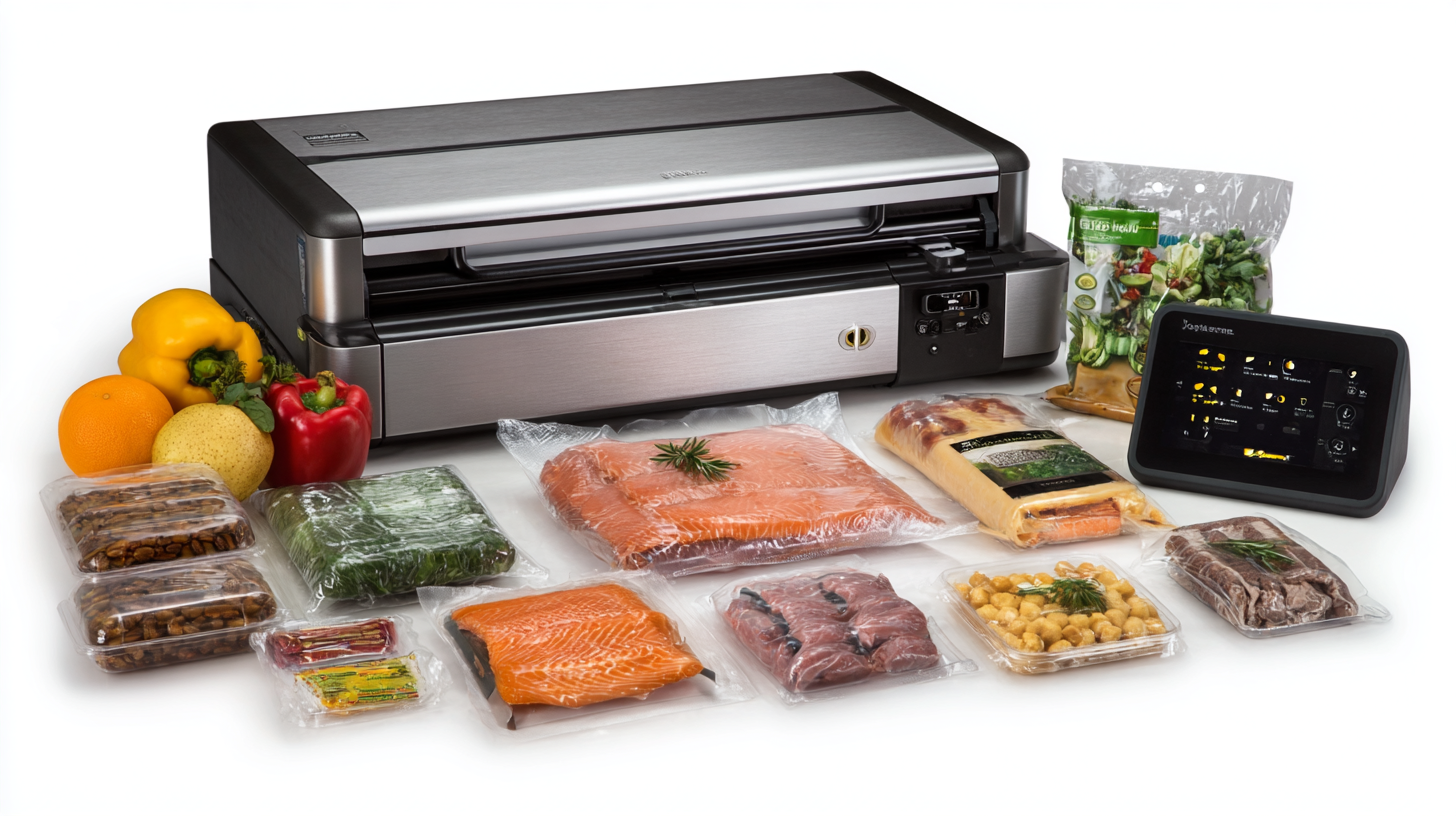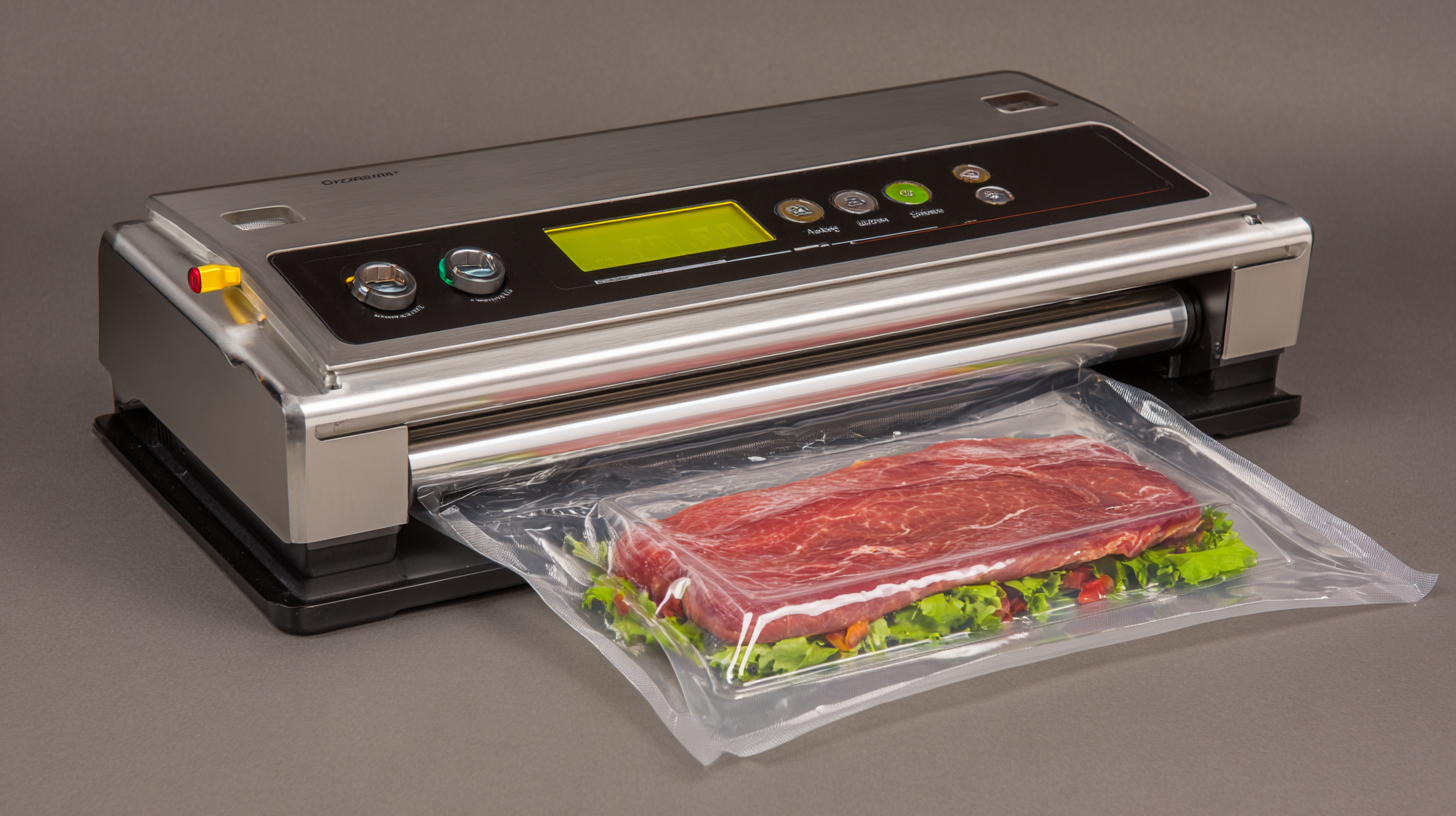Ultimate Guide to Best Vacuum Packing Machine Features 5 Key Specifications You Must Compare
In today's fast-paced world, maximizing convenience and efficiency in food storage has become a priority for many households and businesses alike. Enter the vacuum packing machine—an innovative solution that not only extends the shelf life of food but also preserves its flavor and nutritional value. As global demand for quality food preservation appliances rises, it is essential to understand the key specifications that set top-tier vacuum packing machines apart. From sealing technology to ease of use, this ultimate guide will delve into five critical features you must compare when selecting the right vacuum packing machine for your needs. With insights into China’s leading manufacturing processes and their far-reaching international impact, we aim to equip you with the knowledge necessary to make an informed decision and enhance your food storage practices.

Key Features of Vacuum Packing Machines: A Comprehensive Overview
When choosing a vacuum packing machine, understanding its key features can make a significant difference in your packaging experience. One of the most important specifications is the suction power. A machine with robust suction capabilities ensures air is removed efficiently, resulting in longer-lasting food preservation. Look for models that offer adjustable suction settings, allowing you to fine-tune the process based on the type of food you’re sealing, whether delicate items like chips or sturdier options like meats.
Another critical feature is the sealing strip length and design. A longer sealing strip accommodates larger bags, which is essential for family-sized portions or bulk items. Additionally, consider the material of the sealing strip—some machines may offer Teflon-coated strips for enhanced durability and consistent sealing performance. Lastly, ease of use is paramount; intuitive controls, automatic modes, and easy cleaning features can significantly improve your overall experience with the vacuum packing machine, making it a valuable addition to your kitchen.
Ultimate Guide to Best Vacuum Packing Machine Features
| Feature | Description | Importance | Specifications |
|---|---|---|---|
| Sealing Power | The strength of the seal produced by the machine, crucial for preventing air from entering. | High | Can be measured in watts or listed as a feature (e.g., dual seal). |
| Bag Compatibility | Types of bags that can be used with the machine, including standard and custom sizes. | Medium | Compatibility with various materials (e.g., plastic, multi-layer). |
| Vacuum Speed | The time taken to remove air and create a vacuum seal. | High | Measured in liters per minute or time taken per bag. |
| Size and Weight | The physical dimensions and weight, affecting storage and portability. | Medium | Dimensions and weight specifications. |
| Control Features | User interface options, including manual and automatic settings. | High | Touch controls, digital displays, and pre-set options. |
Industry Import and Export Certifications: What You Need to Know
When considering the purchase of a vacuum packing machine, understanding industry import and export certifications is crucial. These certifications not only ensure product quality and safety but also compliance with international standards. According to a recent report by Market Research Future, the global vacuum packing machine market is projected to reach $5.2 billion by 2026, driven largely by the growing demand for processed and packaged food. This emphasizes the importance of choosing machines that adhere to industry certifications, such as ISO 9001 and CE marking, which assure consumers of reliability and efficacy.

Moreover, compliance with HACCP (Hazard Analysis Critical Control Point) standards is vital for players in the food industry. A survey by IBISWorld highlights that over 80% of businesses in food processing prioritize HACCP certification when selecting machinery. This reflects a significant trend where food safety regulations are becoming increasingly stringent. For businesses looking to import or export vacuum packing machines, certifications from bodies like the FDA or USDA can also facilitate smoother market access, as they demonstrate adherence to specific safety and quality benchmarks required in different regions.
Comparative Analysis of Vacuum Packing Machine Performance Metrics
When selecting a vacuum packing machine, it's essential to conduct a comparative analysis of performance metrics to ensure you get the best value for your investment. Key specifications to consider include suction power, sealing heat time, chamber size, cycle speed, and overall durability. According to a recent industry report by Packaged Facts, machines with a suction power of 20 inches of mercury or higher significantly improve food preservation and reduce spoilage rates by up to 30%.
Tips: Always prioritize machines that offer adjustable suction levels, as this feature can accommodate different types of foods and prevent crushing delicate items. Additionally, consider models that allow for multi-chamber operation, which enhances efficiency, especially in commercial settings where time is of the essence.
One of the most overlooked specifications is sealing heat time — a critical metric that impacts productivity. Machines with a sealing time under 10 seconds can boost operational output, which is particularly important for businesses processing high volumes. Research from the International Packaged Goods Association highlights that faster sealing time contributes to a more streamlined workflow, thereby enhancing profitability in food packaging operations.

Understanding the Importance of Material Quality in Vacuum Packing
When considering a vacuum packing machine, one of the most critical aspects that often gets overlooked is the material quality of the bags used. High-quality materials ensure that your food is sealed effectively, prolonging its shelf life and maintaining freshness. Look for bags that are puncture-resistant and made from multi-layer materials to prevent air from seeping in. This is essential for preserving both the taste and texture of your food, especially if you plan to store it for an extended period.
Tip: Always check the manufacturer's specifications regarding the thickness of the vacuum bags. A gauge of 3 to 5 mils is generally ideal for standard vacuum sealing needs, while thicker bags are preferable for items that require long-term storage or freezing.
Additionally, consider the compatibility of the vacuum packing machine with different bag types. Some machines function best with specific brands or materials, so it's wise to research and choose a model that supports a variety of options. This flexibility allows you to experiment with different foods and storage needs.
Tip: When purchasing a vacuum packing machine, look for user reviews that mention material compatibility and reliability. This real-world feedback can guide you toward making an informed choice that meets your vacuum packing needs efficiently.
Regulatory Standards for Vacuum Packing Machines in Global Markets
When selecting a vacuum packing machine, understanding the regulatory standards relevant to global markets is essential. These standards not only ensure safety and compliance but also influence the machine's performance and longevity. For instance, the Food and Drug Administration (FDA) in the United States has specific guidelines for vacuum packaging in food preservation, necessitating rigorous testing for microbial safety and material suitability. Similarly, the European Union's regulations, such as the Machinery Directive (2006/42/EC), mandate that vacuum packing machines meet certain health and safety requirements before they can be marketed within member countries.
Moreover, compliance with these standards can significantly impact a manufacturer's marketability. According to a report by MarketsandMarkets, the global vacuum packaging market was valued at approximately $22.91 billion in 2020 and is projected to reach $33.87 billion by 2026, growing at a CAGR of 7.0%. This growth underscores the importance of investing in compliance-friendly machinery, as consumers increasingly prioritize safety and quality in their purchasing decisions. Manufacturers that align their machines with international standards can gain a competitive edge while ensuring that their products meet the stringent demands of various markets.

